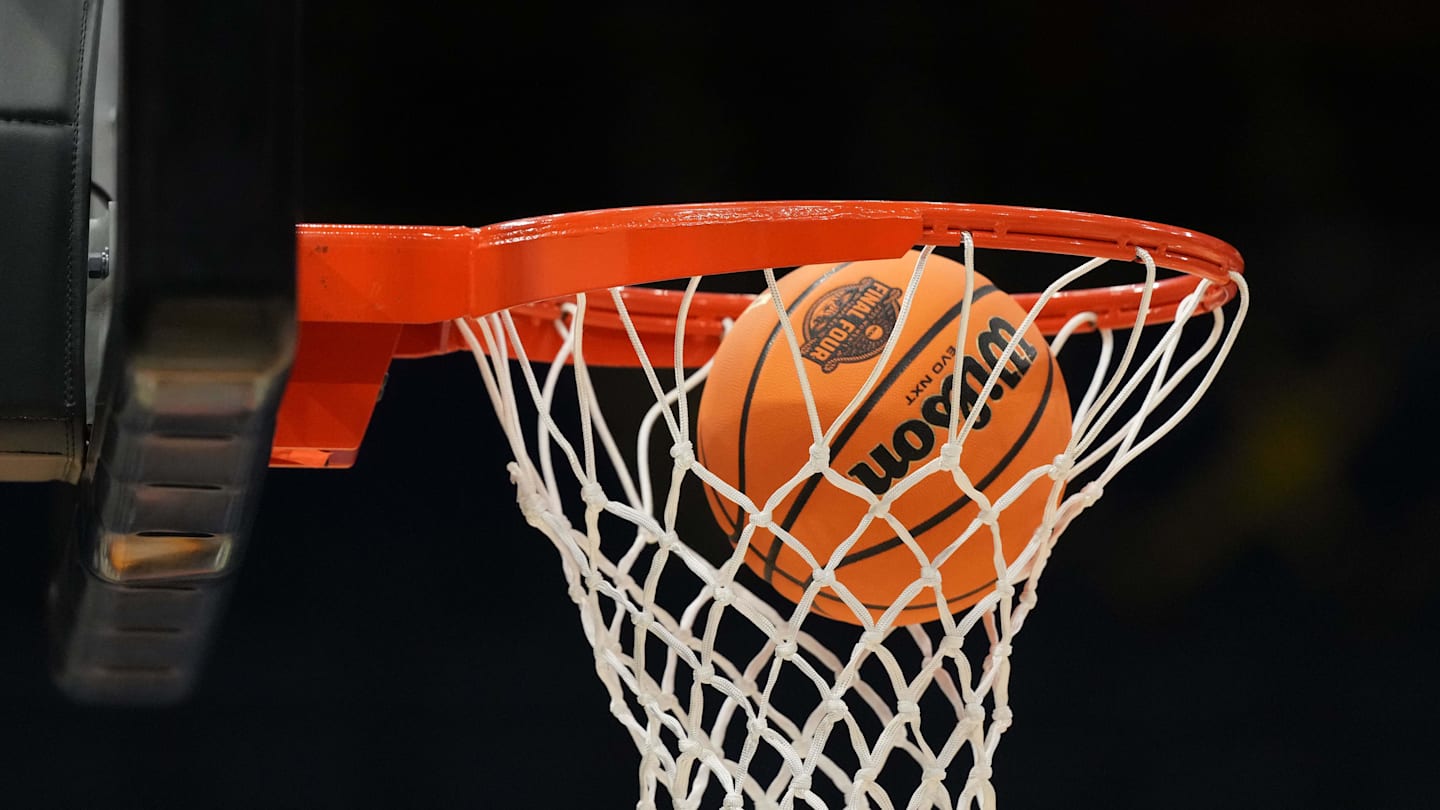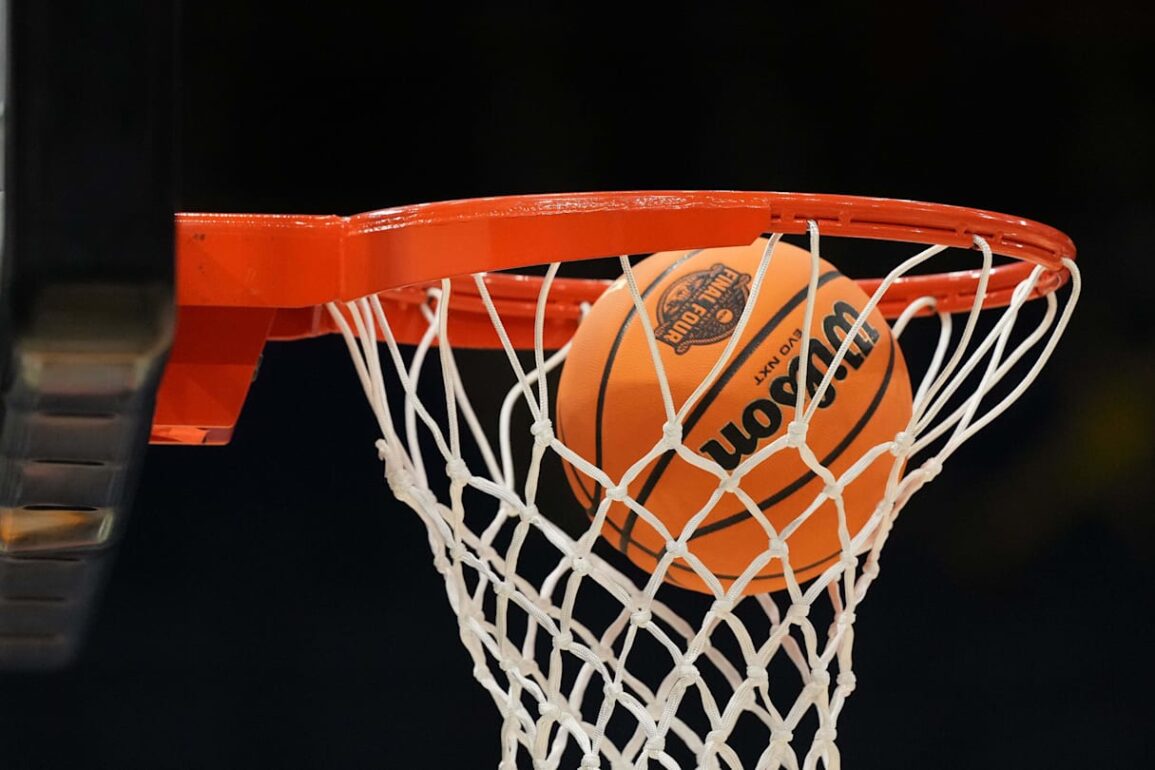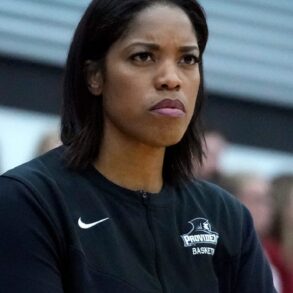
A series of rule changes aimed at enhancing the flow of men’s college basketball games has been passed by the NCAA.
Among the several modifications coming to the sport, the most notable are a coach’s challenge system and a tweak to the continuation rule on field goal attempts that occur during a foul call. Officials have also been given new directives to address delay-of-game tactics, limit time spent at the monitor and reduce physicality.
Starting with the 2025-26 season, coaches at any point in the game will be allowed to challenge calls involving out-of-bounds, basket interference and whether a secondary defender was in the restricted-area arc.
Teams must have a timeout to initiate a challenge and if successful, will be rewarded with an additional challenge for the rest of the game. However, a team loses the ability to challenge if unsuccessful the first time.
The coach’s challenge won’t impact the officials’ use of instant replay for timing mistakes, scoring errors, shot clock violations, 2-point vs. 3-point field goal attempts, flagrant fouls, etc. Officials can review goaltending and restricted arc calls in the final 2 minutes of the game and into overtime.
The NBA has been using a similar coach’s challenge system since 2019. The NCAA’s new continuation rule is another reflection of the pro game’s influence on the college level.
Like the NBA, college players who pick up their dribble going toward the basket and absorb contact from the defense will be permitted to pivot or complete their step to finish the field goal attempt. Under the old rules, college players were credited with a made basket only when they were fouled while shooting the basketball.
Off the court, more college athletic departments will start to operate like pro sports franchises do after the landmark House settlement received final approval from a U.S. District Court Judge late last week, doing away with the old amateurism model and ushering in a new era of revenue sharing between schools and their student-athletes. Under the agreement, institutions will be allowed to share up to $20.5 million per academic year with their players — basketball and football mostly, but baseball, soccer and tennis all the same, depending on how the school sees fit.
The NCAA Men’s Basketball Committee had conversations last month about potentially moving the men’s game from halves to quarters, similar to the women’s game. But after realizing the hurdles involved with such a change, mostly to do with the structuring of media timeouts, the committee has decided the men’s game will continue to be played as two 20-minute halves.
Here are some rule changes the NCAA did approve:
MORE GONZAGA NEWS & ANALYSIS
This post was originally published on this site be sure to check out more of their content.









